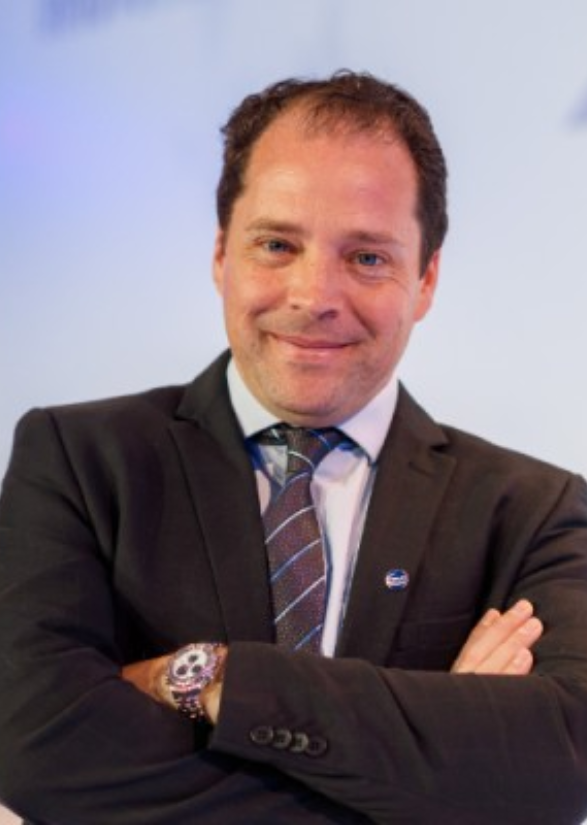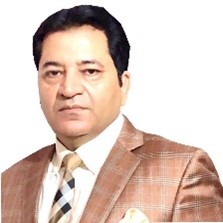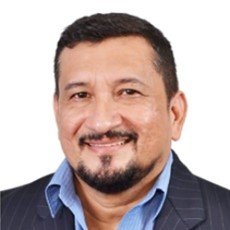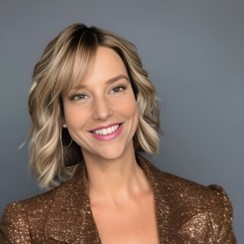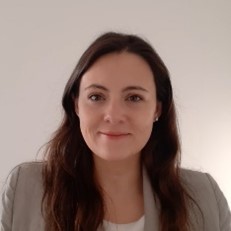15 Dec 2020
Commercial turkey production and health challenges in Latin America
Content available at: Español (Spanish)Outside of the technical manuals provided by genetic companies, there are few sources of information that […]
Available in other languages:
Content available at:
Español (Spanish)
Outside of the technical manuals provided by genetic companies, there are few sources of information that provide guidelines for breeding:
- Optimal size and weight of the birds
- Yield per square meter
- Production techniques
- The expected growth rate and feed conversion
- The feasibility
These and other aspects are parameters to consider when a producer decides to get involved in the turkey business.
Global turkey production
The yearly yield per square meter of commercial turkey production is lower when compared to chicken production.
In addition to this, in recent years the production and consumption of turkeys have remained constant worldwide, with the United States, Brazil, Italy and France being the main producers ( Figure 1 ).
Among them, the US is by far the largest player with a 49% share of world production (2013).
The outbreak of avian influenza that occurred in 2015 in the US meant a very substantial reduction in supply and consequently an increase in the price of turkey meat.
For the turkey to express its full potential, there must be a perfect balance between environment, health and nutrition.

Figure 1. Main turkey meat producing countries worldwide
Three countries from the American continent and one from Latin America are among the largest producers of turkey meat in the world.
Conversion rate & carcass performance

One of the aspects that can stimulate the producer to opt for the production of turkeys is the higher carcass yield when compared to chicken. However, the greatest challenge of the industry is to be able to commercialize the dark meats of turkey (mainly the legs).
Yield per square meter
Another important factor at the beginning of this activity is the yield per square meter, which exerts great pressure to identify which factors must be corrected and managed to allow a greater meat harvest.
The yield per square meter of commercial turkey production is approximately 15% less per year when compared to broilers.
An example of this is the importance of keeping mortality as low as possible during the first week and towards the end of the grow-out cycle to reduce the cost of production.
For these reasons, the improvement of heating, ventilation and lighting systems is essential in order to optimize the densities in rearing and fattening and thus the performance and efficiency in turkey production.
TO CONTINUE READING REGISTER IT IS COMPLETELY FREE
Access to articles in PDF
Keep up to date with our newsletters
Receive the magazine for free in digital version
REGISTRATION
ACCESS
YOUR ACCOUNT
LOGIN
Lost your password?







